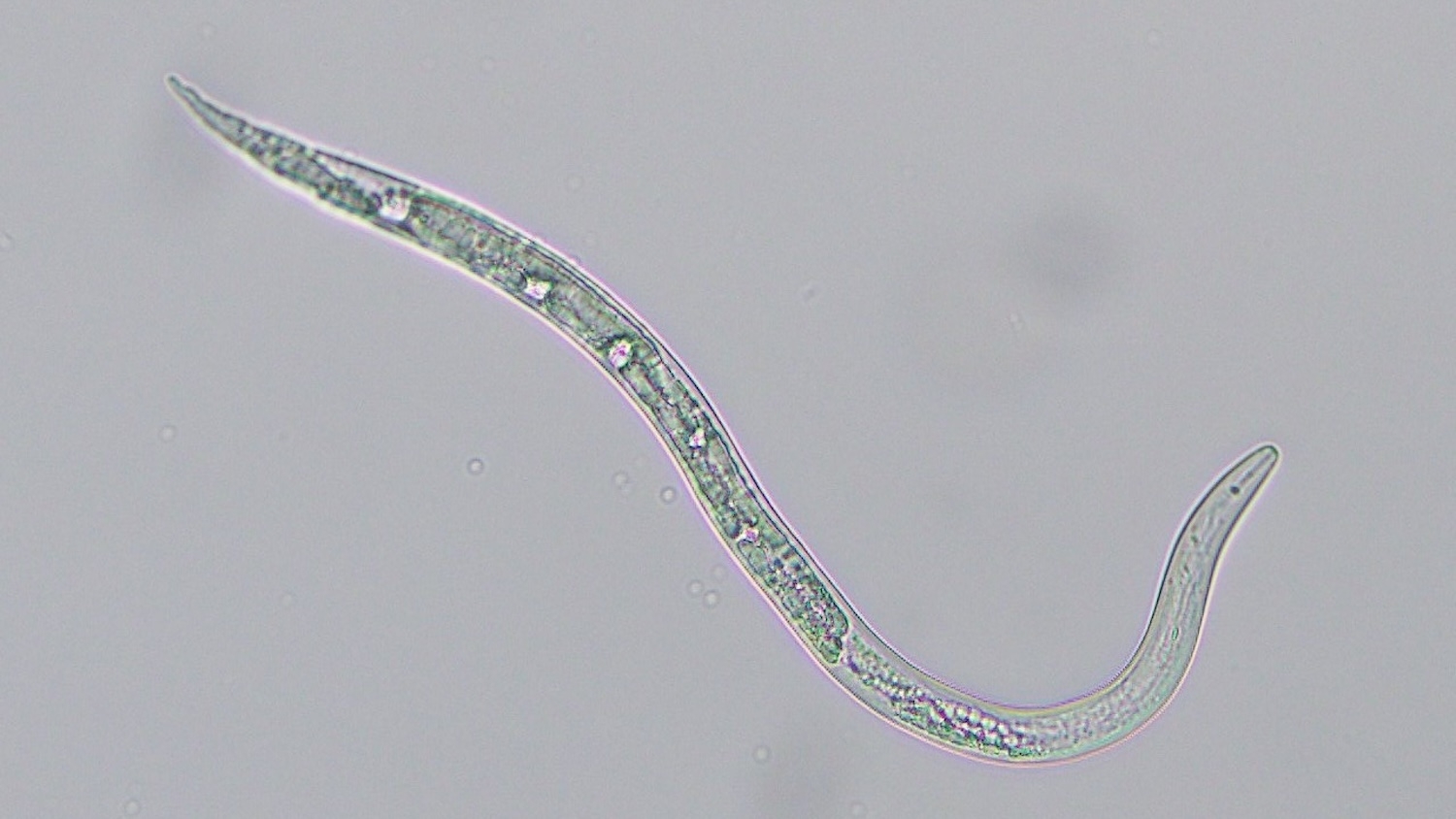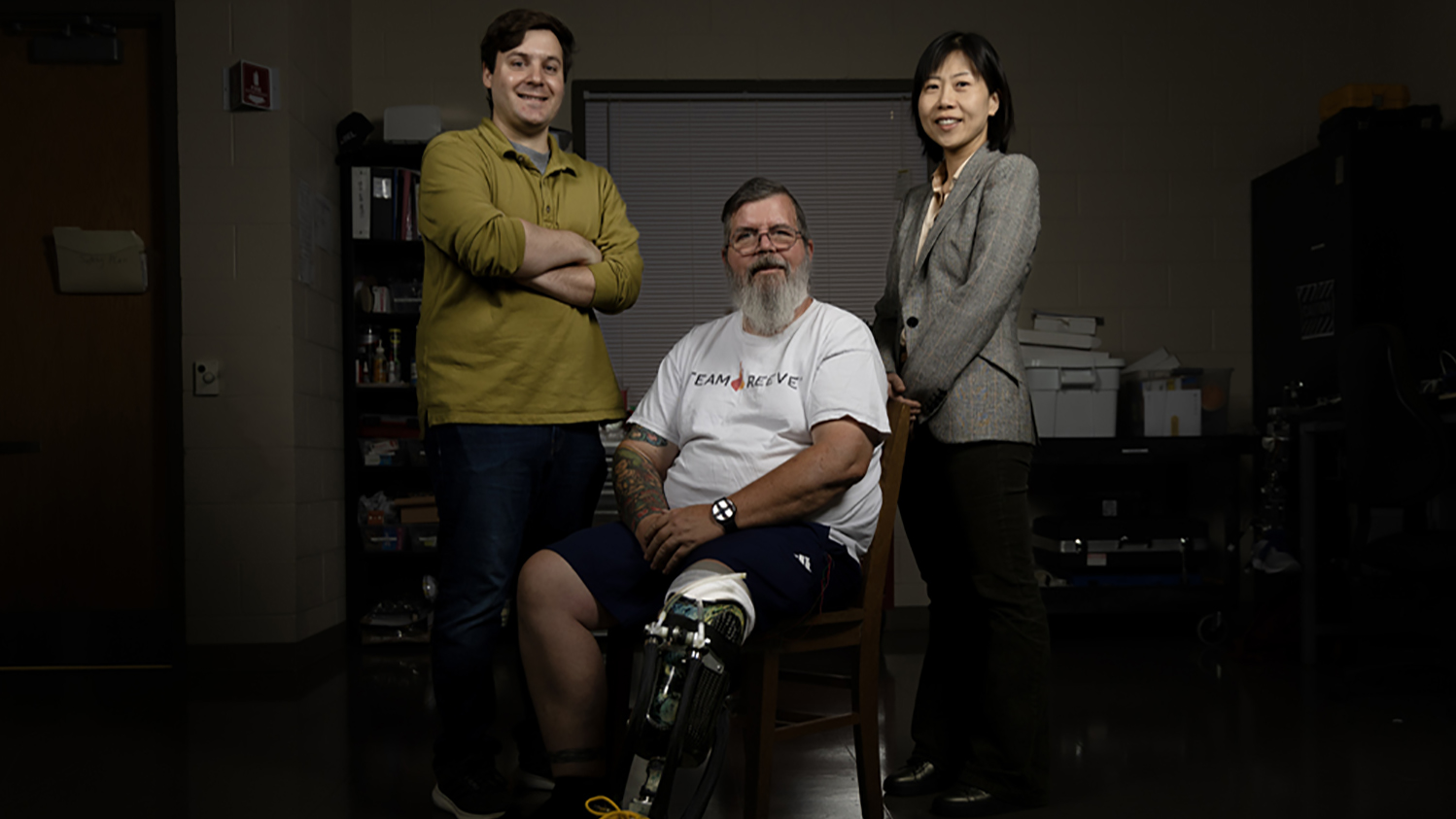Researchers have genetically engineered a marine microorganism to break down plastic in salt water. Specifically, the modified organism can break down polyethylene terephthalate (PET), a plastic used in everything from water bottles to clothing that is a significant contributor to microplastic pollution in oceans.
“This is exciting because we need to address plastic pollution in marine environments,” says Nathan Crook, corresponding author of a paper on the work and an assistant professor of chemical and biomolecular engineering at North Carolina State University.
“One option is to pull the plastic out of the water and put it in a landfill, but that poses challenges of its own. It would be better if we could break these plastics down into products that can be re-used. For that to work, you need an inexpensive way to break the plastic down. Our work here is a big step in that direction.”
To address this challenge, the researchers worked with two species of bacteria. The first bacterium, Vibrio natriegens, thrives in saltwater and is remarkable – in part – because it reproduces very quickly. The second bacterium, Ideonella sakaiensis, is remarkable because it produces enzymes that allow it to break down PET and eat it.
The researchers took the DNA from I. sakaiensis that is responsible for producing the enzymes that break down plastic, and incorporated that genetic sequence into a plasmid. Plasmids are genetic sequences that can replicate in a cell, independent of the cell’s own chromosome. In other words, you can sneak a plasmid into a foreign cell, and that cell will carry out the instructions in the plasmid’s DNA. And that’s exactly what the researchers did here.
By introducing the plasmid containing the I. sakaiensis genes into V. natriegens bacteria, the researchers were able to get V. natriegens to produce the desired enzymes on the surface of their cells. The researchers then demonstrated that V. natriegens was able to break down PET in a saltwater environment at room temperature.
“This is scientifically exciting because this is the first time anyone has reported successfully getting V. natriegens to express foreign enzymes on the surface of its cells,” Crook says.
“From a practical standpoint, this is also the first genetically engineered organism that we know of that is capable of breaking down PET microplastics in saltwater,” says Tianyu Li, first author of the paper and a Ph.D. student at NC State. “That’s important, because it is not economically feasible to remove plastics from the ocean and rinse high concentration salts off before beginning any processes related to breaking the plastic down.”
“However, while this is an important first step, there are still three significant hurdles,” Crook says. “First, we’d like to incorporate the DNA from I. sakaiensis directly into the genome of V. natriegens, which would make the production of plastic-degrading enzymes a more stable feature of the modified organisms. Second, we need to further modify V. natriegens so that it is capable of feeding on the byproducts it produces when it breaks down the PET. Lastly, we need to modify the V. natriegens to produce a desirable end product from the PET – such as a molecule that is a useful feedstock for the chemical industry.
“Honestly, that third challenge is the easiest of the three,” says Crook. “Breaking down the PET in saltwater was the most challenging part.
“We are also open to talking with industry groups to learn more about which molecules would be most desirable for us to engineer the V. natriegens into producing,” Crook says. “Given the range of molecules we can induce the bacteria to produce, and the potentially vast scale of production, which molecules could industry provide a market for?”
The paper, “Breakdown of PET microplastics under saltwater conditions using engineered Vibrio natriegens,” is published open access in the AIChE Journal. The paper was co-authored by Stefano Menegatti, an associate professor of chemical and biomolecular engineering at NC State.
The work was done with support from the National Science Foundation, under grant 2029327.
-shipman-
Note to Editors: The study abstract follows.
“Breakdown of PET microplastics under saltwater conditions using engineered Vibrio natriegens”
Authors: Tianyu Li, Stefano Menegatti, and Nathan Crook, North Carolina State University
Published: Sept. 14, AIChE Journal
DOI: 10.1002/aic.18228
Abstract: Poly(ethylene terephthalate) (PET) is a highly recyclable plastic that has been extensively used and manufactured. Like other plastics, PET resists natural degradation, thus accumulating in the environment. Several recycling strategies have been applied to PET, but these tend to result in downcycled products that eventually end up in landfills. This accumulation of landfilled PET waste contributes to the formation of microplastics, which pose a serious threat to marine life and ecosystems, and potentially to human health. To address this issue, our project leveraged synthetic biology to develop a whole-cell biocatalyst capable of depolymerizing PET in seawater environments by using the fast-growing, nonpathogenic, moderate halophile Vibrio natriegens. By leveraging a two-enzyme system – comprising a chimera of IsPETase and IsMHETase from Ideonella sakaiensis – displayed on V. natriegens, we constructed whole-cell catalysts that depolymerize PET and convert it into its monomers in salt-containing media and at a temperature of 30 °C.
This post was originally published in NC State News.
- Categories:



